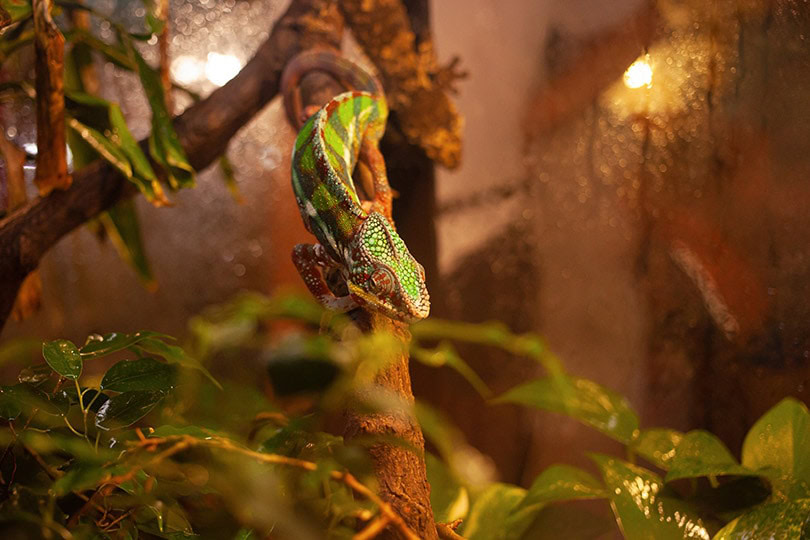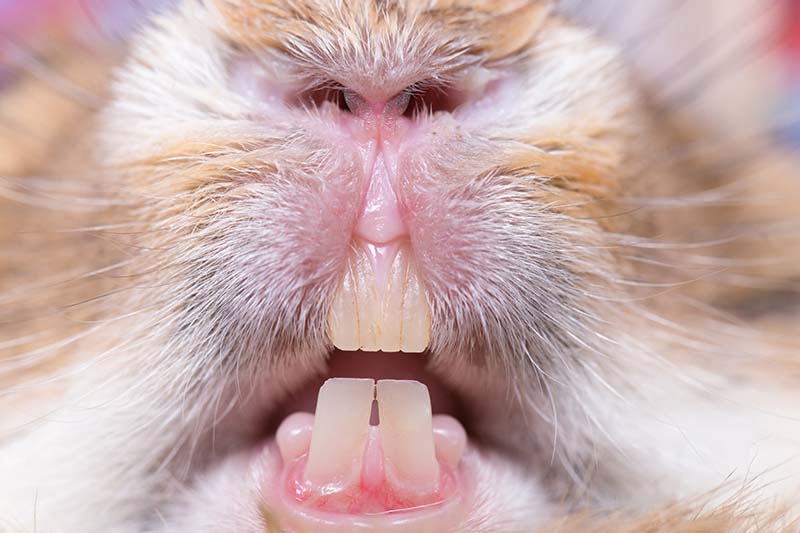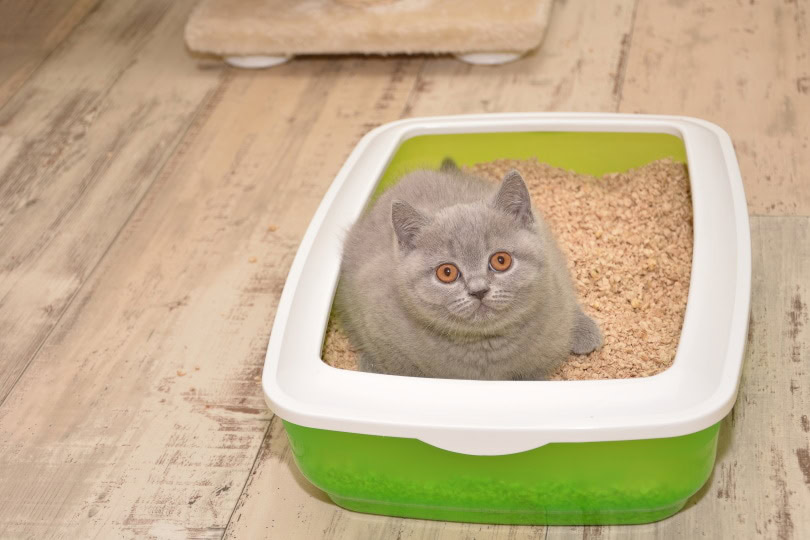VET APPROVED

The information is current and up-to-date in accordance with the latest veterinarian research.
Learn more »Click to Skip Ahead
Being a new owner of a pet chameleon can be a challenge if you don’t know what they need to survive. Chameleons come from hot climates during the day with falling temperatures at night. They are also cold-blooded animals that rely on an external heat source in order to stay warm. So do chameleons under human care need a heat lamp? Yes, pet chameleons require a heat lamp for them to remain strong and healthy. Without it, their bodies aren’t able to function correctly, and a number of different things could go wrong.

Do Chameleons Need Heat Lamps?
In the wild, a chameleon gets its source of heat from the sun, and they spend a lot of their time basking in the sun for hours on end. It isn’t until their bodies reach an optimal temperature that they retreat back to a shady area to cool down. When we keep them under our care, chameleons have no natural way of sunning themselves because they are kept in artificial habitats inside the house with minimal access to the sun.
Heat lamps are the next best alternative for reptiles. However, it is important to have both a warm and cold area of their enclosure so they can choose whether they need to warm up or cool down. Even though heat lamps are great, you should still try to take them outside in the sun whenever possible.
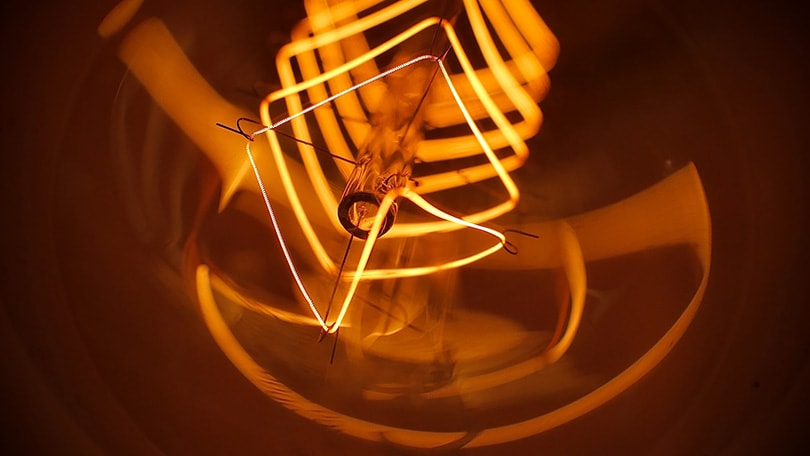
What Type of Lamps Do Chameleons Need?
Chameleons are becoming more popular than ever, and there are a lot of reptile heat lamps on the market. They come in different sizes and with many kinds of light that make the decision more complicated than it has to be.
The best heat lamps for chameleons are incandescent lamps and the watts will depend on the size of the cage and the species that you have. Typically, the larger the cage is, the bigger the heat lamp must be. Try to find one with a dimmer that lets you adjust the heat higher and lower as the temperature changes.

Where to Put a Chameleon’s Heat Lamp
It is always best to mimic an animal’s wild habitat whenever possible. The sun is always located above wild chameleons and your indoor enclosure should be set up the same way. Put the lamp on the top of your cage and in the corner. The distance between the lamp and the basking area is important – heat lamps should be placed at least 6 inches above the top of the cage. You will have to ensure that the temperature is right for the species you keep. It is important that they have a basking spot that they can move closer to or further away from, depending on their body temperature. They are going to spend a considerable amount of time here, so make sure they have a rock or other cozy area to lay on.
Do not keep branches, foliage, or other types of decoration in their basking area. If possible, set up a place for them up high to mimic how they hang around in the upper parts of trees.
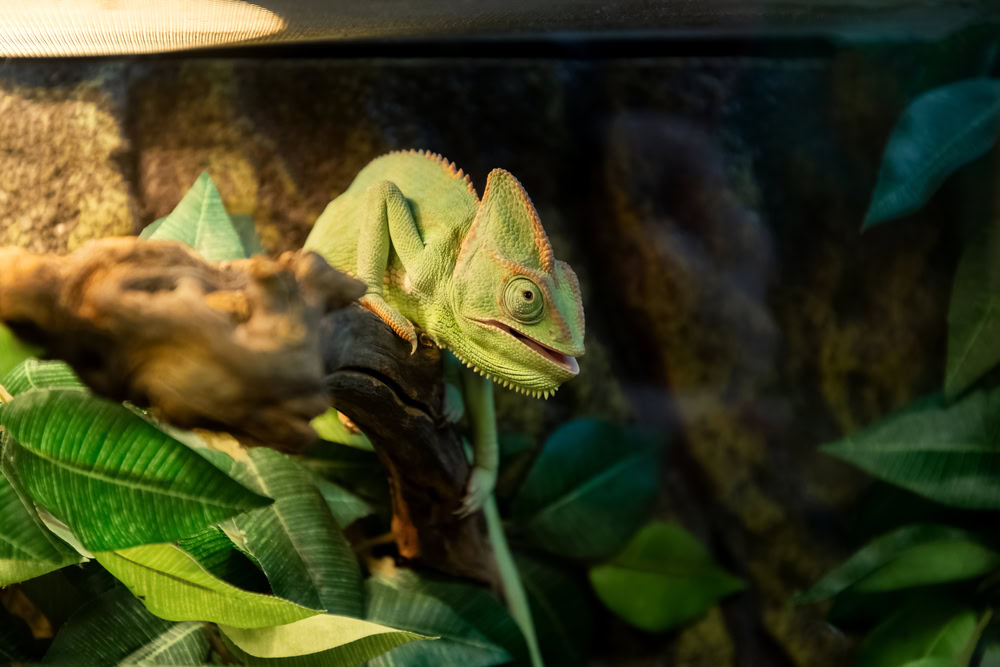
How Hot Should the Heat Lamp Be?
The temperature of the lamp should change depending on the chameleon species. For Jackson Chameleons (Trioceros jacksonii), the basking area should be between 80 and 85°F. For a Panther Chameleon (Furcifer pardalis), between 85 and 90°F, and for the Veiled Chameleons (Chamaeleo calyptratus) the basking area should be between 90 and 95°F. Chameleon hatchlings will need less heat than adults; it is best to keep them in a larger cage to easily create a gradient temperature enclosure for them. So please avoid smaller terrariums even for babies.
Regardless of the age of your chameleons, please make sure to check the lamp regularly to keep them from overheating.
How Long to Keep Heat Lamps Turned On?
Again, you want to mimic the outdoors as much as possible. Reptile owners often keep their heat lamps on for as long as the sun is up because daylight hours vary throughout the year. In spring and summer, you can keep the lamp on for up to 12 hours per day. In the fall and winter, only keep the lamp on for six to eight hours per day.
Do Chameleons Need Heat Lamps at Night?
You might need to keep the enclosure heated at night, depending on how cold your home gets throughout the year and during the nighttime. Nighttime temperatures between 65°F and 70°F are safe for chameleons. If it gets too cold, you will need to consider a way of heating the room rather than the terrarium as heat pads or rocks are not appropriate for these species. Alternatively, you can consider a glass terrarium and a thermostat.


Summary
Chameleons are cold-blooded animals and rely on external sources of heat to stay alive. If you plan to buy a pet chameleon, make sure you have your tank set up with a proper heat source before bringing them home so that they can adjust easily and be as comfortable as possible. Remember that you don’t want to overheat them and can avoid burning them by keeping the lamp out of their reach at least.
You May Also Like:
Featured Image Credit: Vaillery, Shutterstock
